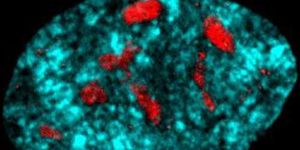Neuroscience and the Legal System.
In a court of law, it’s all about the evidence. Whether criminal or civil, the outcome of any legal proceeding must be based on what was presented as admissible evidence. While competency, mental health, and other neurological issues are considered, most of the evidence in courtrooms that relates to neuroscience comes from psychological testimony by experts or from doctors who have treated a defendant. The problem with this kind of evidence is that it can be interpreted in different ways. For neurological issues, a better way would be to use imaging. CT scans, MRIs, and other brain imaging methods can show the location of a tumor, abnormalities in brain structure or evidence of traumatic brain injury. Those types of images are objective, what you see is what is there, rather than hearing testimony on what one person believes might be the cause of certain behaviors.
The technology isn’t perfect, however. One example is the use of polygraphs or lie-detector tests. While they measure heart rate, pulse and blood pressure and changes in these measurements can be an indicator of lying, the correlation isn’t 100%. The same with some imaging results. While fMRI scans can detect brain changes when a person tells a lie, anyone who is convinced that what they are saying is true, will not show those changes. The field of “neurolaw” is still new and doesn't quite answer all of these questions. While there have been advances in the technology, there are still a lot of unknowns.








